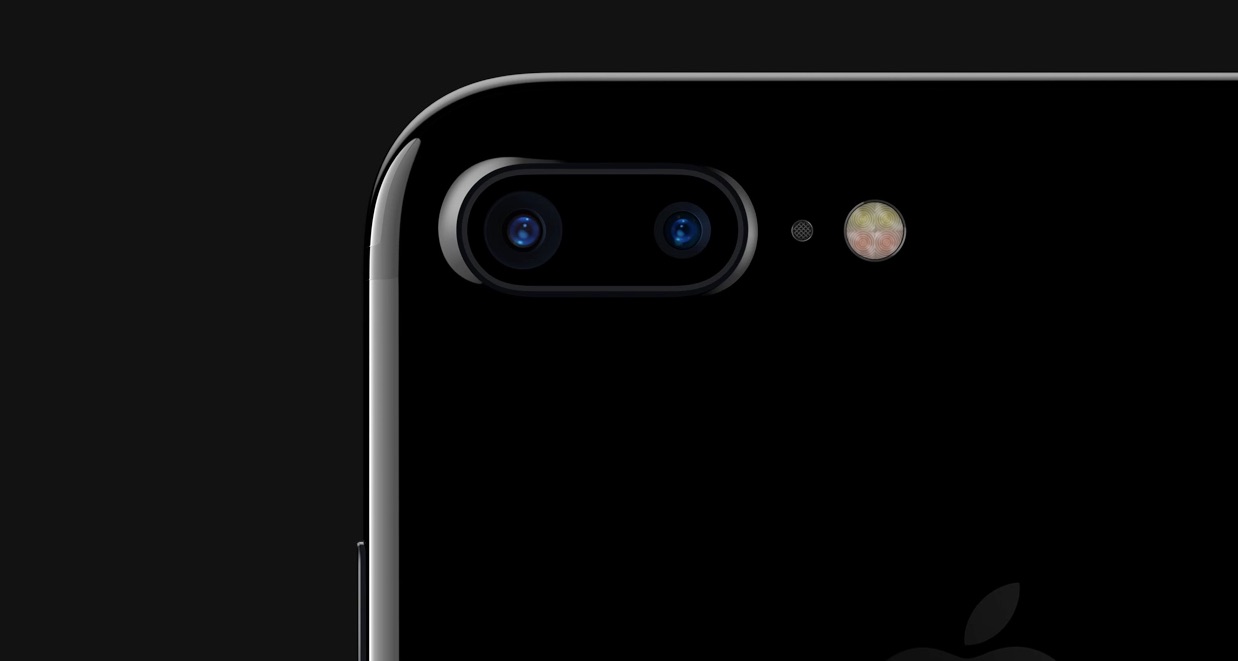A common question people have these days is with regard to which mobile device to purchase. I typically recommend the Apple iPhone using AT&T. I’ll briefly share about my choice of phone and carrier, then get down to choosing which iPhone is best. For Fall 2016 the choice is relatively easy.
Mobile Carrier
Verizon has good nation-wide coverage for making voice calls, but in my own testing for my area, I found the high speed data services have been about the same or better with AT&T. The ability to use wi-fi for phone calls on AT&T has made the effective coverage and usability inside of buildings and other areas much better. The Verizon pricing seemed much higher than AT&T for what you get, and their shared data plan (last I checked), had limits per device. So, even if you have 15 GB shared, no device could use more than 3 GB in a month (for example). The prices and offerings are always changing, but in general I’ve found AT&T to be the best out there.
On a side note, we had a weird customer service experience with Verizon where it took us months of emails and phone calls to get our service disconnected – long after we’d returned the Samsung phones to their store they were still billing us for wireless service. They said their records didn’t show that we’d returned the phones, even though we had receipts and paperwork to prove all this (and a sales person who confirmed it). We finally had to bring in the district manager to get it all straightened out. Even then, they kept promising it was taken care of, and weeks would go by and nothing was taken care of. Finally they stopped charging us for the service and we got the money refunded. Anyway, not the best experience.
Android or iOS
I tried Android for about a year and still have an Android device for testing. In general, I find the Apple hardware better and the Apple operating system more secure. The Android environment is very similar to a desktop computer operating system which has advantages (customizable with multiple brands of hardware to choose from) as well as disadvantages (viruses, and less standardization). So, overall, for people that just want to get their work done, I’d recommend the Apple iPhone.
Apple iPhone Models and Pricing
If you go to the iPhone page on Apple’s website you’ll see that as of Fall 2016, the iPhone 7 is the latest model available. The iPhone 6s and iPhone SE are also available.
The pricing of these phones is as follows:
- iPhone SE with 4″ display is $450 (64GB)
- iPhone 6S with 4.7″ display is $550 (32GB) or $650 (128GB)
- iPhone 6S Plus with 5.5″ display is $650 (32GB) or $750 (128GB)
- iPhone 7 with 4.7″ display is $650 (32GB) or $750 (128GB) or $850 (256GB)
- iPhone 7 Plus with 5.5″ display is $770 (32GB) or $870 (128GB) or $970 (256GB)
Buying Considerations
Here are a few things to keep in mind:
- For a few hundred dollars difference, the iPhone 7 offers a faster processor, waterproof protection, and a much better camera. So, it’s a good choice for many people. It comes with an adapter to use older style headphones, and comes with newer style earbud headphones that plug in.
- In previous years, the $100 price difference between the basic and plus models was simply to get a larger display. This year, the much better camera in the iPhone 7 Plus is something that is definitely worth it.
- With regard to storage, 32GB is the bare minimum of what you’ll want. The next jump up is 128GB for about $100 more. That’s probably worth doing just to make sure you don’t run out of space.
- There are lots of colors to choose from. Many people choose black and then add color with their choice of case.
- The iPhone SE is attractively priced at $450 and it has a nice 4″ tiny size display which some people would like. Yet, the sharper metal edges, and smaller display could also be seen as a drawback. It depends on your preference.
Summary
The reason to choose the iPhone 7 or iPhone 7 Plus is to have a mobile device that is very fast and water resistant, with a large bright display and great camera (with the iPhone 7 Plus having an even better camera and larger display).
The reason to choose the other models would be primarily to save some money – there are no other advantages. Their processors are now a year old, so their usable lifespan will be reduced. The few hundred dollars saved now is actually equated with a year or two less usability down the road. So, no savings in terms of long-term cost of ownership.
As you’ll notice in the price breakdown, going up or down in display size is about a $100 difference. Going up or down a model is about a $100 difference. Going up or down in storage capacity is a $100 difference. So, the incremental cost is relatively small for these jumps, but the gains are very big, which is a good reason to go ahead and spend a few hundred more and get the phone that you really feel fits your current and future needs.
Video
In the video below, starting at the 54 minute mark, is a presentation about the iPhone 7.
